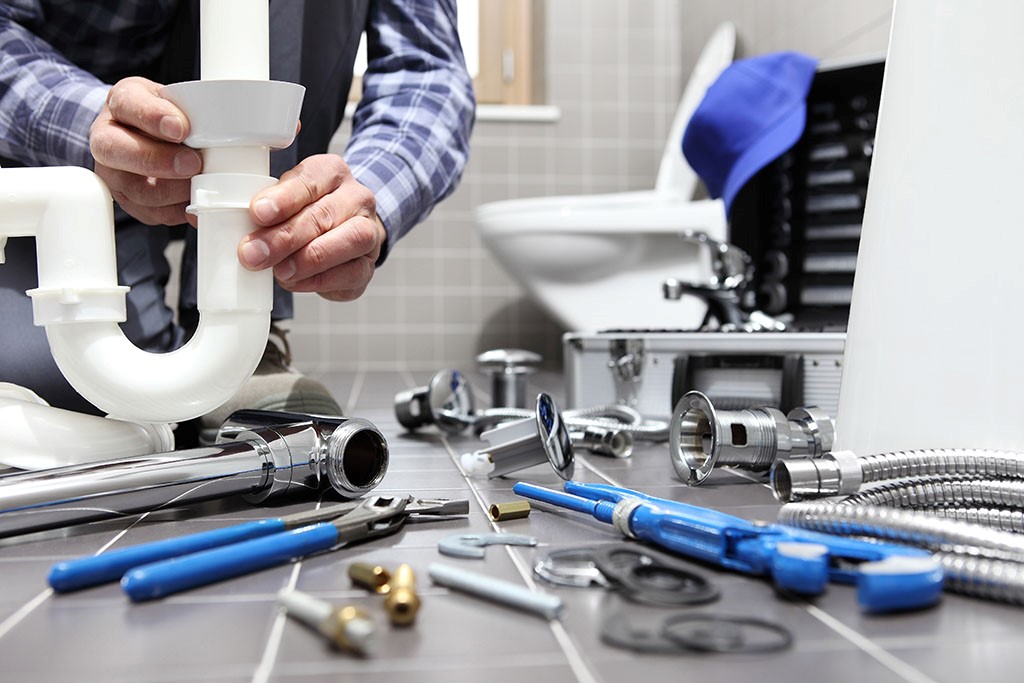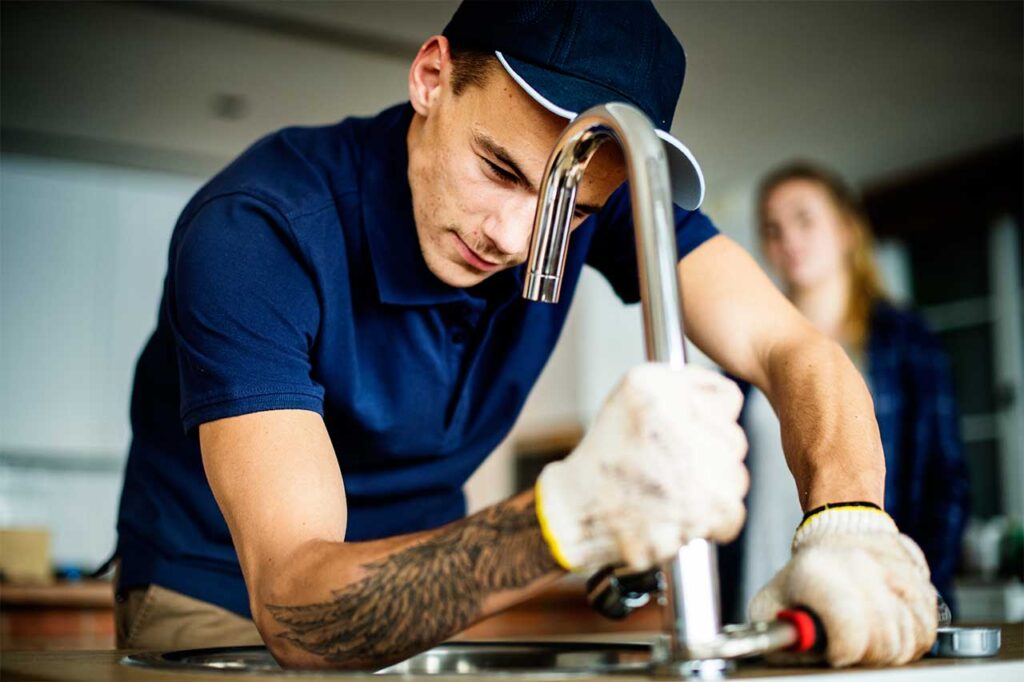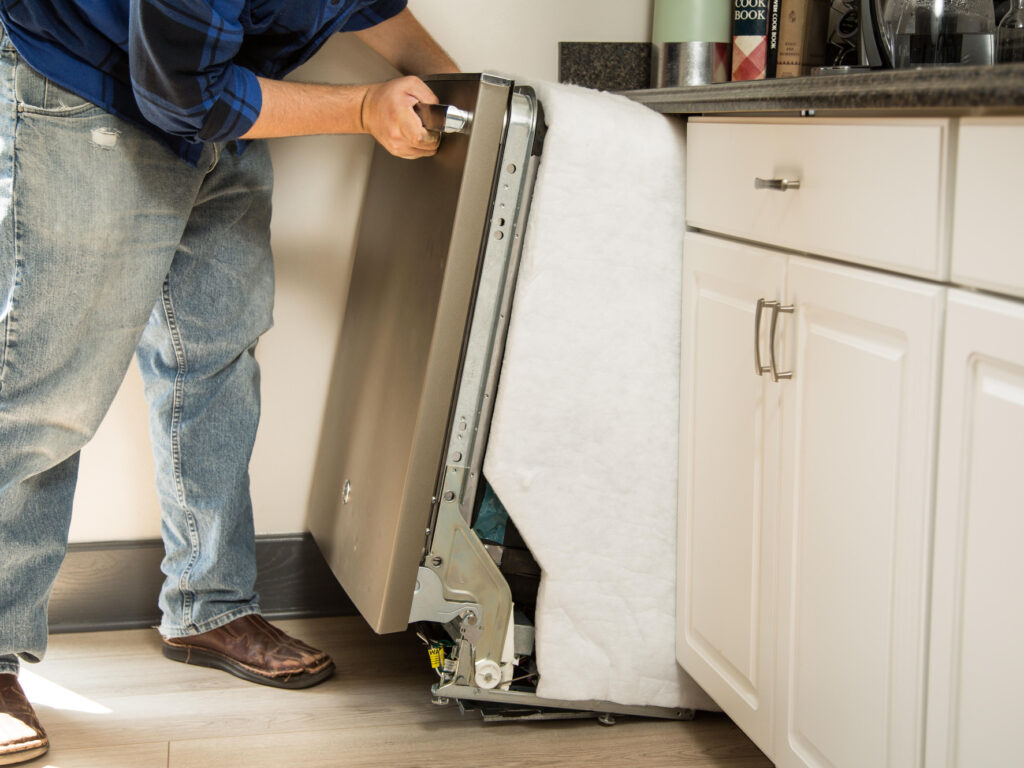What is a Water Heater? How does it Work?
How does it Work?
Open your hot water spigot, and out comes hot water. It’s simple, and you’re happy.
How is a water heater made?
What you see when looking at your water heater is the outer shell. Keep that in mind. You are not looking at the actual water tank, but at the cosmetic finish. You really have no idea what the interior of the tank looks like, its condition or integrity. If the outer shell looks bad, or is showing water, you’re likely in need of some quick action.
1) The inside of a water heater is a metal tank, or cylinder with a protective liner. This liner is commonly a type of porcelain, which is actually a type of glass. This is why you often hear water heaters referred to asterior cylinder glass lined.
2) The exterior tank that we see, or outer shell serves two purposes. Not only is it a finished cover, but also contains the insulation, providing the first level of efficiency for your water heater.
To keep it simple, just think of it as a thermos bottle with a candle under it.
3) The water enters the tank through the fill tube, which extends down to the bottom of the tank. We all know that heat rises. That’s why the fill tube carries the water to the bottom, where it is heated. Heat rises, and so does the heated water, where it exits the tank through the hot water outlet, and to you homes/ hot water piping.
4) Every water heater should have a drain valve. Just like it sounds, to drain the tank. You would drain the tank for servicing, flushing sediment from the inner tank, or emptying the tank.
5) Every heater also has an anode rod, made of a material such as aluminum or magnesium, which is softer than the inner tank lining. Being a softer material, any negative particles in the water will attack the anode rod before attacking the inner tank. The anode rod is considered a sacrificial rod.
6) Gas water heaters use a burner for the heat source, while electric water heaters use an element to heat the water.
7) After heating the water, a thermostat is used to regulate temperature.
8) Safety is always of utmost concern. A Pressure Relief Valve (PR valve), sometimes known as a Temperature and Pressure valve (T & P valve), is installed near the top of the heater. In case of an excessive temperature or pressure related problem, this valve will open allowing water to come out and relieve the tank of the excess, and helping to maintain a safe condition.
9) Now we are able to hold water, and safely heat and regulate the temperature. If our heater is electric, no problem. If the heater is fueled by gas, what about the carbon monoxide created by the burning gas in the burner? There is an exhaust pipe built into all gas water heaters. It extends from just above the burner (on the bottom of the tank) through the center of the inner tank, and out the top of the outer shell. Very important…this is the flu and baffle, which controls the upward flow of the poisonous gas. The flu is to be connected at the top of the heater to the draft hood, and then connected to the venting system, which will safely carry the poisonous gas out of the house.
How does the water heater work? Water enters the inner tank through the dip tube, and is carried to the bottom of the tank, where it is heated by the burner or element to the temperature you have set on the thermostat. The anode rod protects the inner tank, while the pressure relief valve protects against excessive temperature or pressure. Heated water leaves the tank through the hot water outlet and to your hot water piping in house. The entire mechanism is covered with insulation, and covered with a cosmetic outer shell.
Simply: a cylinder holding water with a heating source and temperature regulating device.



